Fishing lures are the ultimate bait for anglers looking to reel in the big catch. From spinners to spoons, there's a lure for every type of fishing and water condition. In this article, I'll share tips on how to choose the right lure, techniques for effective use, and the advantages and disadvantages of using them. Get ready to catch some fish!
What are Fishing Lures and Why Are They Good Bait?
Fishing lures are special baits designed to attract fish and make them easier to catch. They come in a variety of shapes, sizes, colors, and styles and can be used for different types of fishing. Fishing lures are great because they are versatile and can be used in any type of water or environment. They also make it easier to target specific types of fish. Whether you’re an experienced angler or just starting out, fishing lures can help you catch more fish.

Best Hard Baits for Trout & Bass Fishing
Trout and bass fishing are two of the most popular types of fishing. It requires the right equipment to ensure success. Hard baits are an essential part of any angler’s tackle box. Choosing the right ones for trout and bass can make a huge difference in your catch.
One of the best hard baits for trout fishing is a pop-up minnow bait. These are small, white baits that usually have a trailer on them to make them easier to fish with. They can be fished at depths as shallow as 4 feet and are usually used in either driftless lakes or ponds during the summer when trout feed on small insects and other aquatic life. They work best in clear water where you can see the colors of the lure clearly in your boat’s hull.
Must-Have Lures to Complete Your Tackle Box
Fishing is an enjoyable activity that requires the right combination of skill and luck. Having the right lures in your tackle box is essential to ensure you have a successful fishing trip.
Crankbait
The first lure on the list is a classic crankbait. This bait is designed with a small, quick-moving profile that will emit an enticing vibration in and around cover and structure. These lures can be fished as either a jig or a pop-up. But, they perform best when fishing with weightless rigs like Texas rigs (jig head) or Carolina rigs (pop-up). The Cabela's Hooker Red Eye Shad works great for this purpose and has one of the most popular weights among anglers.
Spinnerbaits
Spinnerbaits are a popular type of fishing lure that can be used to catch a variety of fish species, including bass, pike, and walleye. They consist of a metal wire frame with one or more spinning blades and a skirted jig or soft plastic trailer. Spinnerbaits can be retrieved at different speeds and depths, and are particularly effective when fished around cover or structure. Some popular spinnerbait brands include Booyah, Strike King, and War Eagle.
Jigs
Jigs and soft plastics are versatile fishing lures that can be used in a variety of fishing situations. They consist of a weighted head and a hook and can be dressed with a variety of materials such as feathers, hair, or soft plastics. Soft plastics are made of a flexible material that mimics the look and feel of live bait. Both jigs and soft plastics can be fished at different depths and speeds, and are effective for catching a variety of fish species including bass, crappie, and walleye. Some popular jig and soft plastic brands include Zoom, Strike King, and Berkley.
Topwater lures
Topwater lures are a type of fishing lure that is designed to float on the surface of the water and create a commotion that attracts fish. They are particularly effective for catching species like bass, pike, and musky. Some popular topwater lures include poppers, buzzbaits, and walking baits. Poppers create a popping sound when retrieved, while buzzbaits create a buzzing sound and a wake on the surface of the water. Walking baits, also known as stickbaits, create a side-to-side walking motion when retrieved. Topwater lures can be a thrilling way to catch fish, as the strikes are often explosive and visible.
Soft plastic baits
Soft plastic baits are a versatile and effective type of fishing lure that can be used to catch a wide variety of fish species. They are made from a soft, flexible material that mimics the texture and movement of real baitfish or other prey. Soft plastic baits come in many different shapes and sizes, including worms, grubs, crawfish, and swimbaits. They can be rigged in a variety of ways, including Texas rig, Carolina rig, and drop shot rig, and can be fished in many different types of water, from shallow ponds to deep offshore reefs. Soft plastic baits are a must-have for any angler looking to catch more fish.
Choosing the Right Fishing Lure
Choosing the right fishing lure is critical to your success as an angler. Different types of fishing lures are designed to imitate different types of prey and mimic various movement patterns, attracting different fish species. Here are some tips to help you choose the right fishing lure:
Consider the Water Conditions
Water conditions play a significant role in determining the type of fishing lure to use. Factors like water clarity, depth, and temperature can affect a fish's feeding habits and preferences. For instance, in clear water conditions, you'll want to use lures that mimic natural prey, such as minnows or small baitfish, while in murky water, lures that create vibrations and sound, such as spinnerbaits, will be more effective.
Match the Lure to the Fish Species
Different fish species have different feeding habits and preferences, and as such, you'll need to use different types of lures to attract them. For instance, if you're targeting bass, you'll want to use lures that mimic their preferred prey, such as frogs, worms, or crawfish.
Consider the Retrieval Speed and Depth
The speed and depth at which you retrieve your fishing lure can affect its effectiveness. As a general rule, slow and steady retrieves are ideal for bottom-dwelling fish like catfish or walleye, while fast and erratic retrieves are better for game fish like bass or pike.
Tips and Techniques for Using Fishing Lures Effectively
Using fishing lures effectively requires some practice and technique. Here are some tips to help you get the most out of your fishing lures:
Experiment with Different Retrieval Techniques
Try different retrieval techniques to find out what works best for the type of fishing lure you're using. For instance, with a crankbait, you can try a steady retrieve, or you can pause and twitch the lure to make it look more lifelike.
Vary the Retrieval Speed and Depth
Varying the retrieval speed and depth can help you determine the fish's feeding habits and preferences. If you're not getting bites, try changing the speed or depth of your retrieve until you find a pattern that works.
Use the Right Fishing Line and Rod
Using the right fishing line and rod can help you achieve better casting distance and accuracy. A lighter line and rod are ideal for finesse fishing, while heavier lines and rods are better suited for heavier lures and bigger fish species.
Advantages and Disadvantages of Using Fishing Lures
Using fishing lures has its advantages and disadvantages compared to other types of bait. Here are some things to consider:
Advantages of Fishing Lures
- Fishing lures can imitate natural prey and mimic various movement patterns, attracting fish species that may not be interested in live bait.
- Fishing lures are versatile and can be used in different types of water conditions and fishing environments.
- Fishing lures are reusable and can be used for multiple fishing trips.
Disadvantages of Fishing Lures
- Fishing lures can be expensive compared to other types of bait.
- Fishing lures require some technique and skill to use effectively, and as such, may not be suitable for novice anglers.
- Fishing lures can get snagged and lost in underwater structures, such as rocks or weeds, resulting in
Rigging Different Types of Fishing Lures
Hard baits, soft plastics, and jigs are the three main categories of fishing lures. Each type requires a different rigging technique for optimal use. Hard baits, such as crankbaits and jerkbaits, typically have treble hooks and need to be attached to the fishing line using a split ring. Soft plastics, such as worms and grubs, can be rigged using a variety of techniques, including Texas rig, Carolina rig, and drop shot rig. Jigs, which have a weighted head and a hook, can be rigged with a variety of soft plastic trailers for added attraction.
Factors to Consider When Selecting Fishing Lures
Choosing the right lure requires consideration of several factors, including water temperature, weather conditions, and time of day. In colder water temperatures, slower moving lures, such as jigs and soft plastics, are more effective. In warmer water temperatures, faster moving lures, such as crankbaits and spinnerbaits, are better suited. Weather conditions, such as wind and cloud cover, can also impact lure selection. On a cloudy day, darker colored lures are more visible, while on a sunny day, brighter colors are more effective. Finally, time of day can impact the activity level of fish, and therefore, the type of lure to use. Early morning and late evening are typically more active times for fish, while midday can be slower.
Matching the Lure to the Target Fish Species and Their Natural Prey
Matching the size, shape, and color of the lure to the target fish species and their natural prey is critical for success. For example, a topwater popper may be effective for catching bass that are feeding on surface insects, while a bottom-dwelling jig may be better suited for catching a bottom-feeding walleye. Additionally, color can play a significant role in lure effectiveness. Mimicking the natural prey of the target fish species with the color of the lure can be a game-changer. For example, a crawfish-colored soft plastic can be effective for catching bass that are feeding on crawfish.
Commonly Asked Questions about Fishing Lures:
What lures are best for each fish?
The best lures for each fish species vary depending on several factors such as water conditions, weather, and time of day. Generally, soft plastics work well for bass and trout, while crankbaits are effective for pike and walleye. Topwater lures are perfect for catching musky and redfish, while jigs work well for almost all species of fish.
What is the most popular lure?
The most popular fishing lure is the plastic worm. It is versatile, affordable, and easy to use. Plastic worms come in various colors, sizes, and shapes, making them an excellent choice for different types of fish and water conditions.
What are 5 basic artificial lures?
Five basic artificial lures include spinnerbaits, crankbaits, jigs, soft plastics, and spoons. Spinnerbaits have a metal blade that creates vibrations and attracts fish, while crankbaits mimic the swimming action of real fish. Jigs are versatile lures that can be used in various fishing techniques, while soft plastics come in different shapes and sizes and are ideal for finesse fishing. Spoons are metal lures that reflect light and create vibrations in the water.
What is the easiest lure to fish?
The easiest lure to fish is the spinnerbait. It is easy to use, and even beginners can catch fish with it. The spinnerbait's metal blade creates vibrations and noise that attract fish, making it an ideal lure for both still and moving water.
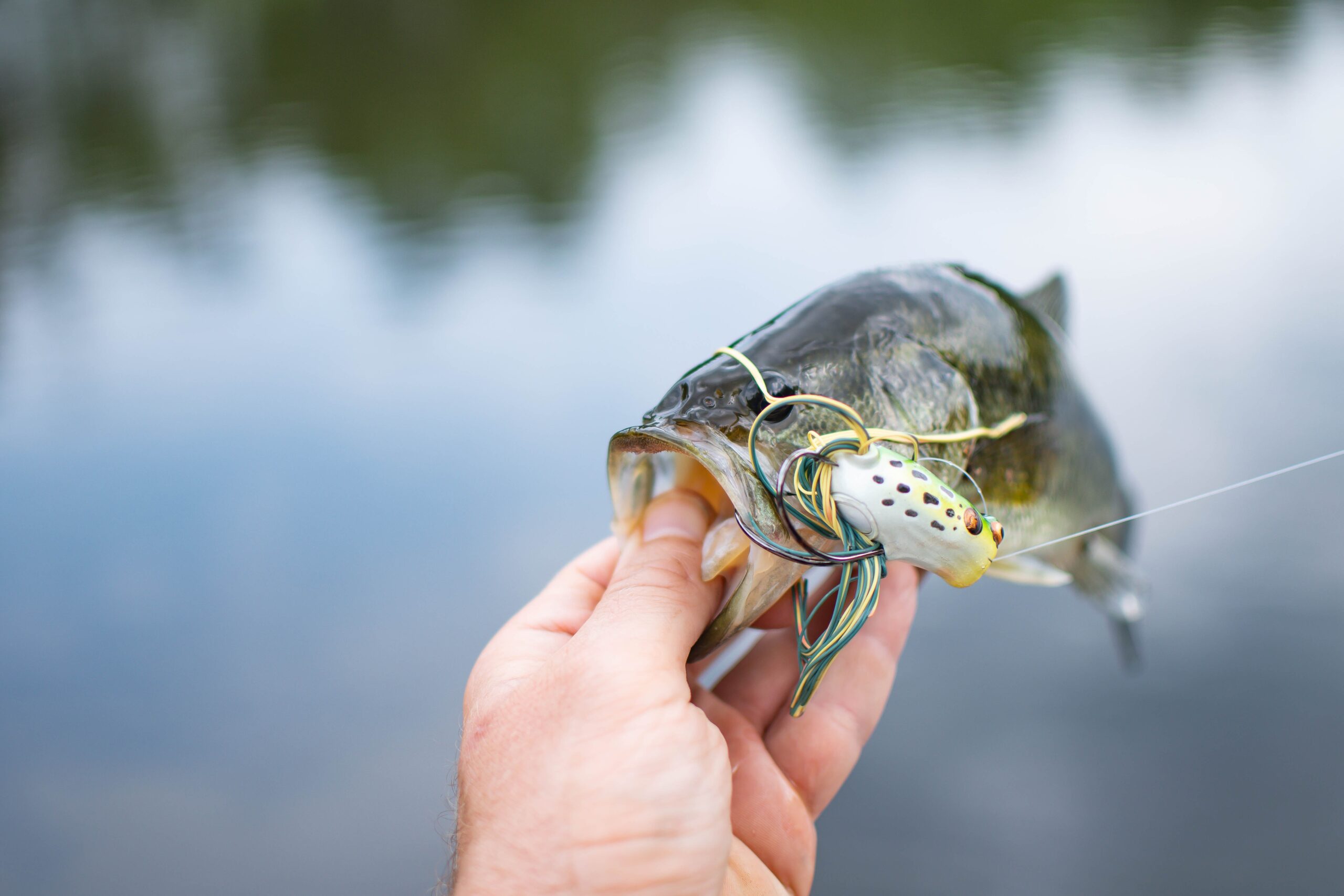
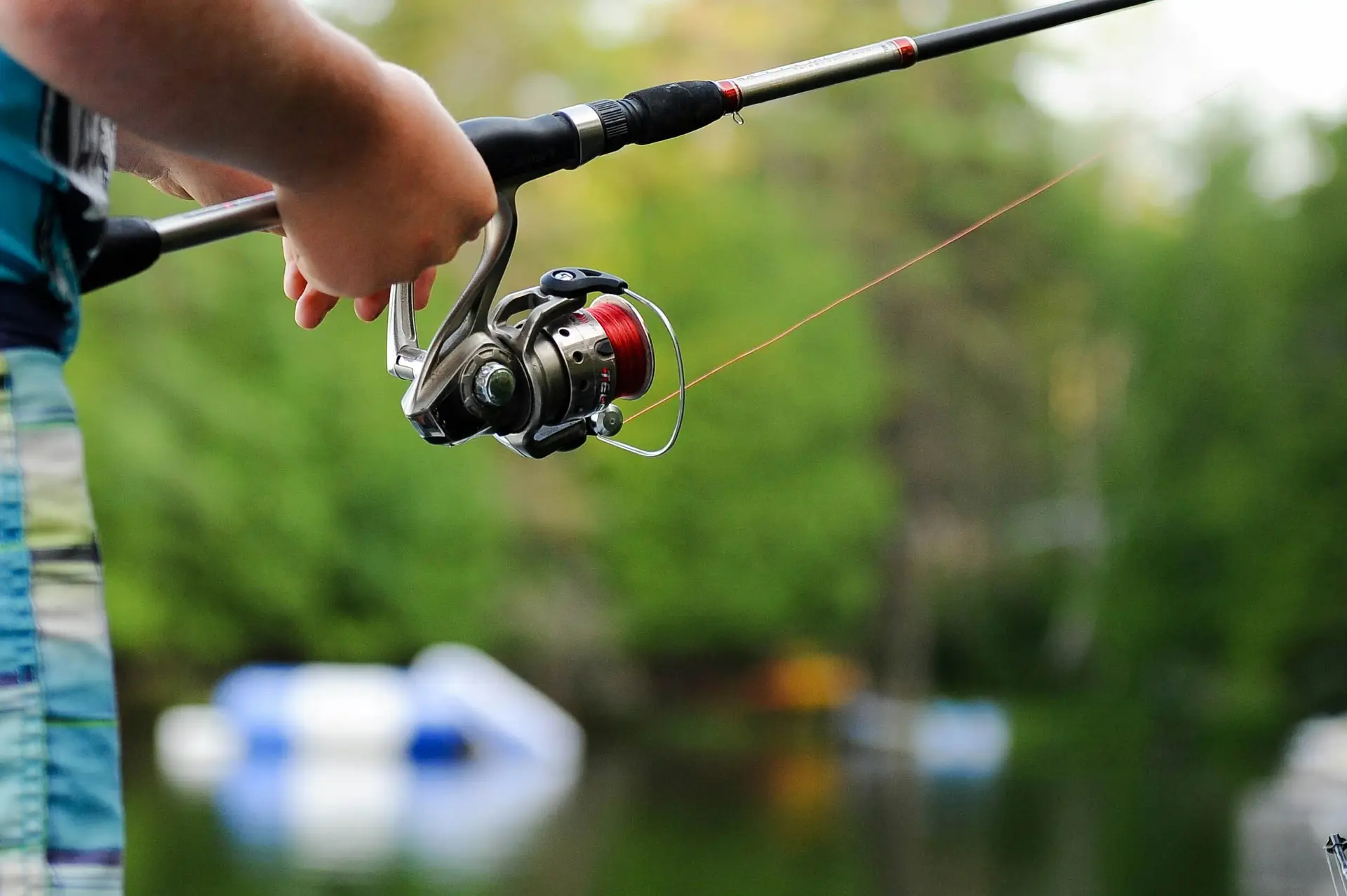
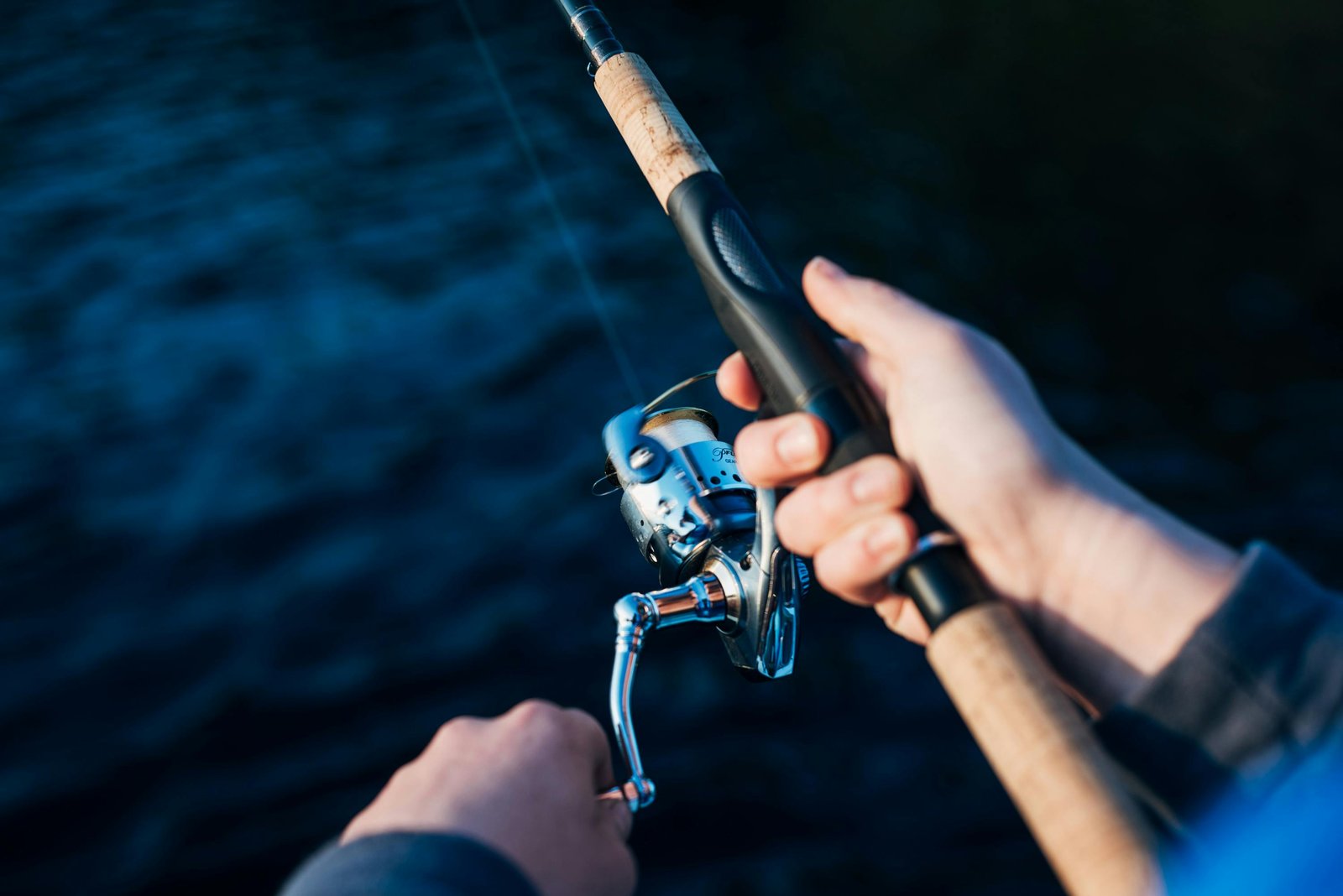
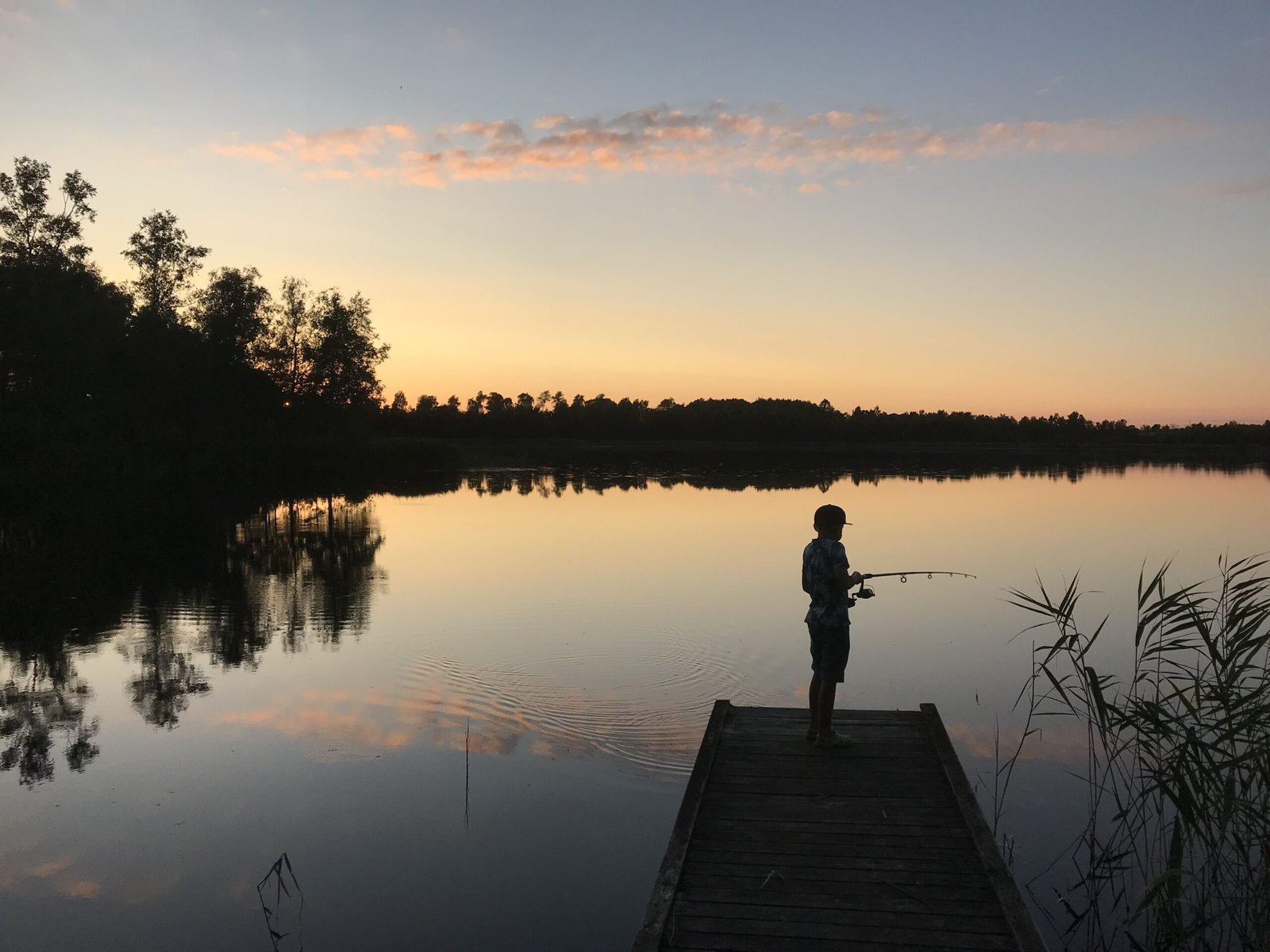
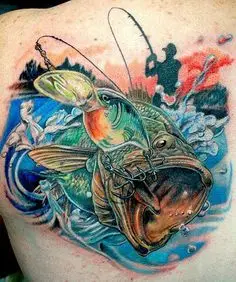
2 thoughts on “Fishing Lures: Exploring the Different Types”